Boys Can Cry
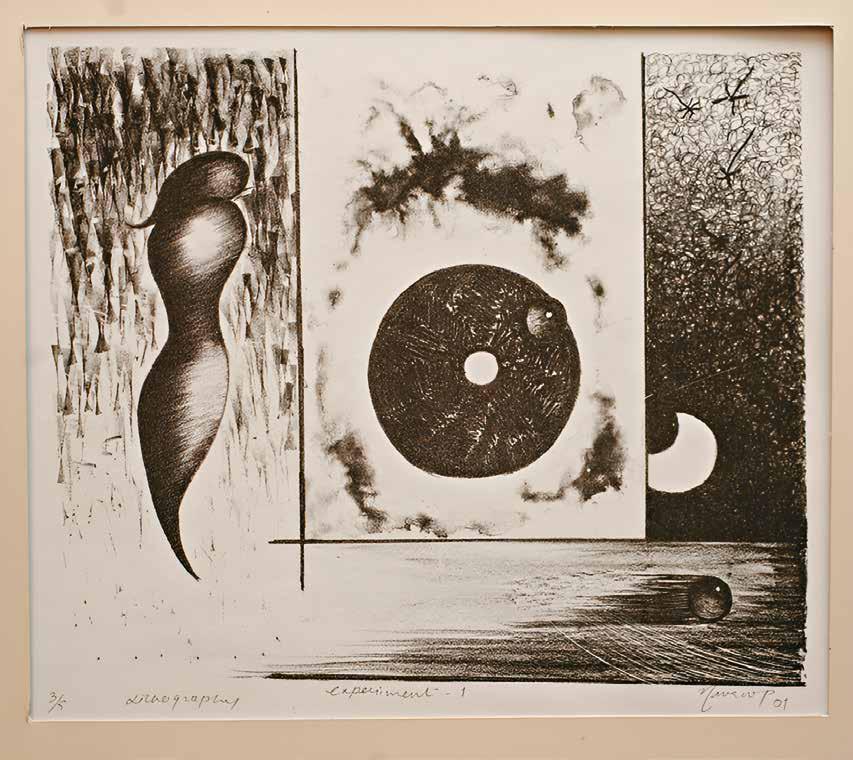
IN June 2021, as the pandemic forced the world into virtual mode, as WhatsApp, Snapchat, TikTok and Instagram became our interface not just for human interactions but also for knowledge and information sharing, I gave birth to a beautiful boy. When I held my baby in my arms, I whispered, “I have no idea, absolutely no idea about how to raise you. About how to be the parent you deserve.” You see, I come from a family of girls. We are two sisters, my mom also has only sisters, and my sister too has only daughters. As a girl born and raised in patriarchal India, and as a journalist turned gender-rights activist, I knew what to tell my daughter. I knew how to prepare her to take on a sexist and misogynistic world. But a son! Those three letters were unknown territory to me.
Fast forward to March 2025, and I found myself gripped with that same fear, rather exponentially, as I sat watching the Netflix series Adolescence. As Jamie sat shaking and crying in the police van, asking for his dad, I imagined my son there. When the polite and shy 13-year-old suddenly changed character and shouted at his therapist in a burst of rage, I tensed up. My son is only about three now. But on a daily basis, he interacts with a world that tells him he has privilege because he is a male. And this signals to him that his emotions should be suppressed because “strong boys don’t cry”, which creates a false sense of entitlement in him with the message—“you can grab what you want without consent”. I worried about my baby boy. When he chose a pink yoga mat at gymnastics, he was told, “Arrey yeh toh ladkiyan use karti hai...tu toh ladka hai” (Girls use this...You are a girl). When he wore a bindi, he was asked, “Arrey, ab chudiyan bhi pehnoge kya?” (Will you wear bangles too?)
This story is from the {{IssueName}} edition of {{MagazineName}}.
Start your 7-day Magzter GOLD free trial to access thousands of curated premium stories, and 9,000+ magazines and newspapers.
Already a subscriber ? Sign In
This story is from the {{IssueName}} edition of {{MagazineName}}.
Start your 7-day Magzter GOLD free trial to access thousands of curated premium stories, and 9,000+ magazines and newspapers.
Already a subscriber? Sign In
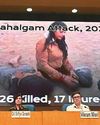
Response in Real Time
On April 22, 2025, terrorists affiliated with the Pakistan-based Lashkar-e-Taiba (LeT) opened fire on a group of tourists in Jammu and Kashmir's Baisaran Valley in Pahalgam.

Living War Rooms
Every time tensions flare between the two nuclear-armed neighbours, drawing- room generals, WhatsApp warriors, and tea-stall tacticians flood the airwaves with unsolicited military advice—while real lives hang in the balance
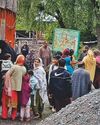
The Fate of a Boy's Rubber Ball
Residents of places close to the border desperately hope that the ongoing conflict between India and Pakistan will de-escalate

Parted, Again
After the Pahalgam terror attack, many families had to say abrupt goodbyes to their loved ones after they were sent back to Pakistan. Future is uncertain for those who are still living here
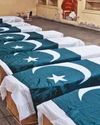
Long-range Response
The transformation of India's strategic restraint to calibrated retaliation against Pakistan

War and TRUTH
A war is not just an armed conflict for physical control of a geographical territory; it's also about shaping larger public opinion with carefully curated propaganda
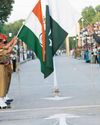
A Fragile Calm
SOUTH Asia has stepped back from the brink of war with the announcement of a ceasefire by India's Foreign Secretary Vikram Misri. What threatened to spiral into a full-blown conflict between nuclear-armed neighbours, India and Pakistan, has, for now, given way to a fragile calm.
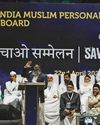
No Neutral Move
The sudden legislative dismantling of waqf institutions is a calculated political step

Journalism of Courage
A son and a granddaughter, Chander and Jyotsna Mohan, chronicle the history of Pratap: A Defiant Newspaper. But it turns out to be much more than that—it juxtaposes the bravery and stature of freedom fighters in pre-Independence India with the current rulers’ preening and pretensions

Alike is Hell, or Paradise, or Heaven
The brunt of the military escalation between India and Pakistan was felt by people in the Valley, especially near its fraught borders, far away from the studios that amped up the war talk
